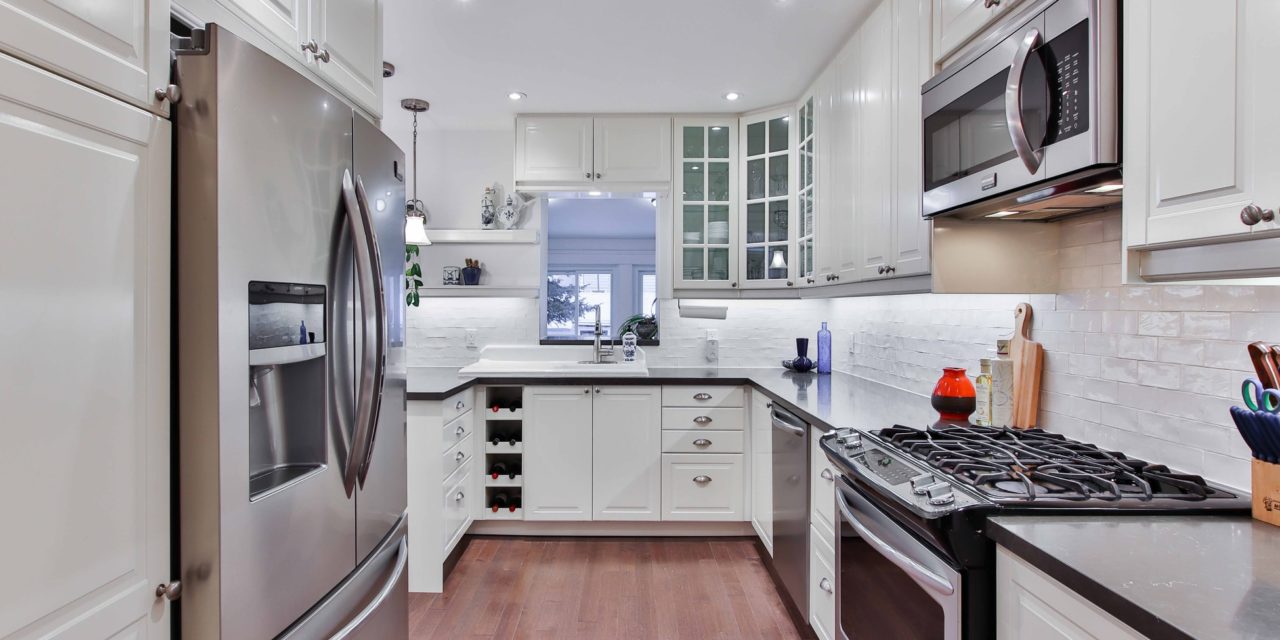[ad_1]
Many home cooks are stocking their kitchens with toaster ovens for a myriad of reasons. But some are hesitant due to what appears to be inherent safety issues. Can you safely use this convenient appliance in your kitchen or should you settle for the mediocre food prepared in a microwave oven just to avoid the possibility of injury?
The main toaster oven safety concern is always excessive heat that can lead to burning. This is, after all, a true oven that uses heat rather than microwaves to cook your food. Spend some time reading customer reviews and you will undoubtably be regaled with horrific war stories where the author suffers gruesome burns at the hand of the evil toaster oven. Granted, for every 1 of those reviews you will likely find 100 people (or more, depending on the model) that love their toaster oven and have never been tortured by it. So how do the majority of users escape injury on a daily basis with such a dangerous appliance lurking in their kitchen?
Most of toaster oven safety boils down to good, old-fashioned common sense. It is hot. Don't touch it without oven mitts. Many models come with stay-cool handles for safety, but it is still a good idea to don safety mitts when coming in contact with the oven, just in case you accidentally touch other parts that don't stay cool to the touch. Beyond this simple advice, there are things you can keep in mind when shopping for a toaster oven to decrease the risk of burn injuries.
Insulation keeps the heat in the oven (where it belongs.) This will stop the external parts from getting excessively hot. However, well-insulated models do cost more. In general, any model that costs less than $100 will have nothing but a thin layer of steel between the heating elements and the outside world. Unfortunately, there is a major difference between a $35 toaster oven and one that costs $250.
The second burn related risk involves your food or kitchen starting on fire. Yes, it is true that food left in a toaster oven for too long can start on fire. But before you dismiss this handy appliance as being too dangerous, remember that the same holds true for your regular full-sized oven. You can't cook food indefinitely and expect it to not catch on fire. If you tend to be a bit forgetful, look for a model with auto-shut off at the end of the cooking cycle.
That crumb tray located at the bottom of your new oven isn't there by mistake. It must be cleaned out periodically to avoid the risk of fire. It is a good idea to empty the crumb tray after each use to ensure it never gets too full.
My final safety tip is one that goes for every appliance in your kitchen that is dependent on electricity. Plug it into a GFCI (ground fault circuit interrupter) outlet. There will inevitably be liquids in your kitchen at some point and using a GFCI outlet will minimize the risk of a severe or fatal electric shock.
To find the best and safest toaster oven, visit Toaster Oven Reviews. You'll find thousands of reviews as well as a handy buying guide to help you along the way.
[ad_2]
Source by Heather Krasovec


